With governments the world over currently putting an ease to travel restrictions, there’s no set of people happier about the news than us adventure seekers and travel enthusiasts. We’ve been hoping for the great news for a long time and we just can’t wait to start packing travel necessities and flag a cab to the airport to explore somewhere new for a change.
And if you’re already making a list of places to visit, go on and add Timisoara, Romania to the list. This gorgeous city has a lot of offer in terms of history, culture and architecture. I am going to walk you through them.
But first things first.
A Brief Background of Timisoara, Romania

Located in Western Romania, Timisoara is the largest city in the whole of the Banat region and the third-largest city in the country. This wonderful city used to be an Ancient Roman fortress known as Castrum Regium Themes, dating far back as 1212.
Until most parts of it were destroyed by the Tartars in the 13th Century, it remained a Roman Fortress. Turkish armies, then, conquered it in 1552. It remained under their rule until 1718 when the entire region came under Austrian rule.
It is therefore not surprising that the city nicknamed “Little Vienna” combines a unique blend of diversity and different cultural heritage through the years. This city is home to not just Romanians but Bulgarians, Italians, Germans, Greeks, Arabs, Gypsies, and Serbs. You can easily notice the diversity in the city. In terms of architectural delights, the people, and oh yes, the food.
Some Facts About Timisoara
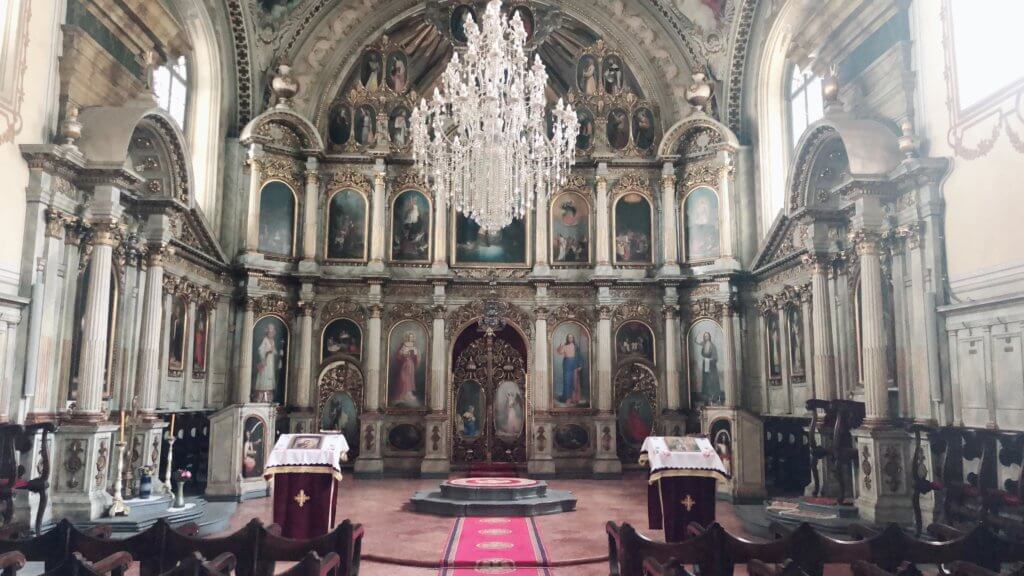
- Timisoara is the first European city to have its streets furnished with electrical lighting in 1889.
- It is also the first European city to practice horse-drawn trams in 1869.
- Timisoara is known as Temeschwar in German, Timisvar in Bulgarian, Temisvar in Serbian, Temesvar in Hungarian. So, you shouldn’t feel somewhat surprised when you hear people say these variations of Timisoara.
- The city was built on a swamp. It is evident today as the Metropolitan Cathedral is supported by over 4,000 oaks.
- The best way to explore this city is on foot. However, hopping on a tram is always another option.
Currently, Timisoara hosts a population of about 320,000 residents with a lot of visitors and foreign students obtaining degrees in her universities.
I have got the perfect plan for you, in case you’re wondering where to go and what to see in this beautiful city. You should try the following:
Bega River
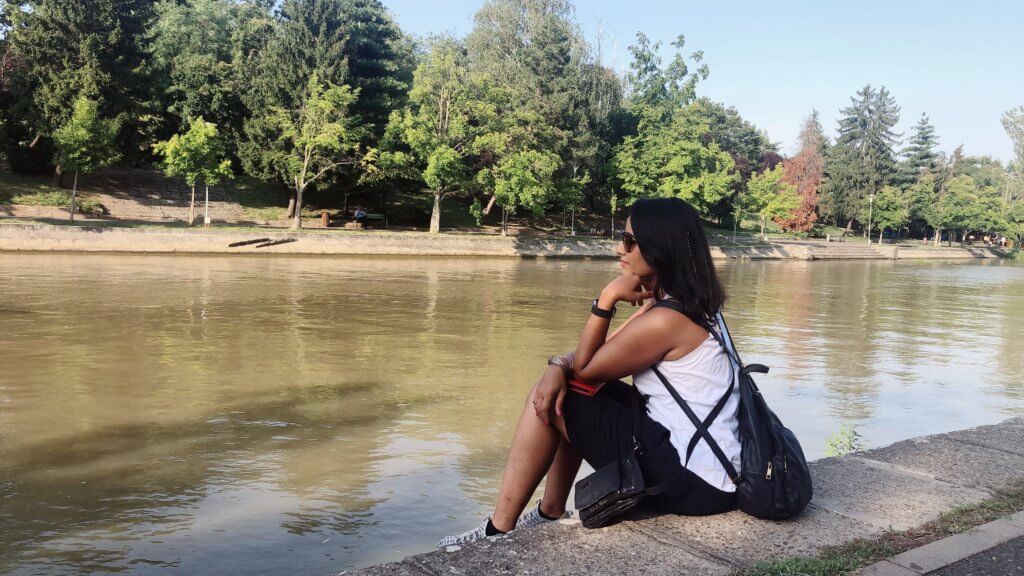
You can start your wonderful tour of Timisoara by visiting the Bega River located in the old center of the city. This river that is over 200km long stretches from Poiana Rusca Mountains in Romania and delves into the Tisa River Titel in Serbia.
It’s a lovely river to jump into for a good swim. However, if you’re not a confident swimmer, I’d recommend that you sit this one out. Instead, you can chill at the comfortable chairs provided in the shade along the walkway.
The scenery is very beautiful, and you’d love to spend time there if the weather isn’t harsh.
Roses Park
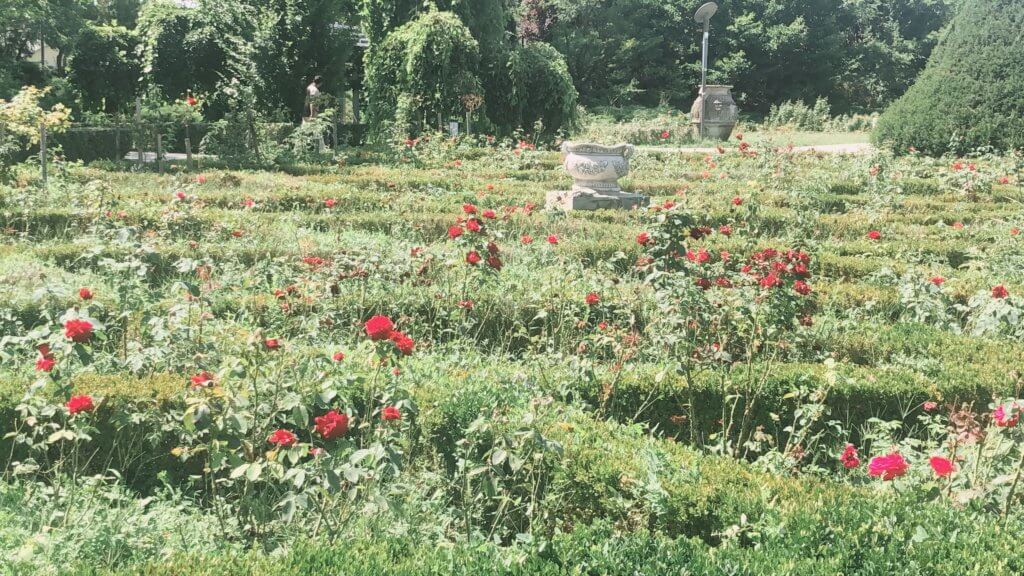
Timisoara is nicknamed “The City of Flowers”. Just beside Bega River is the enchanting Roses Park. When Emperor Franz Joseph I first visited, This serene park was originally designed for the Universal Exposition back in 1891.
Although, all the flowers were dug up and the park was used by the cavalry during WWI, they were replanted in 1934 and the park has remained one of the largest rosariums in this side of Europe.
If you happen to visit Timisoara, Romania during summer or spring, a walk to Roses Park is most recommended. Here, you’d find hundreds of roses blooming and wrapped around pergolas—a perfect spot for taking pictures.
The park also hosts summer movie screenings and concerts. If you visit this city in August, you can catch the Festival of Opera and Operetta.
Orthodox Metropolitan Cathedral
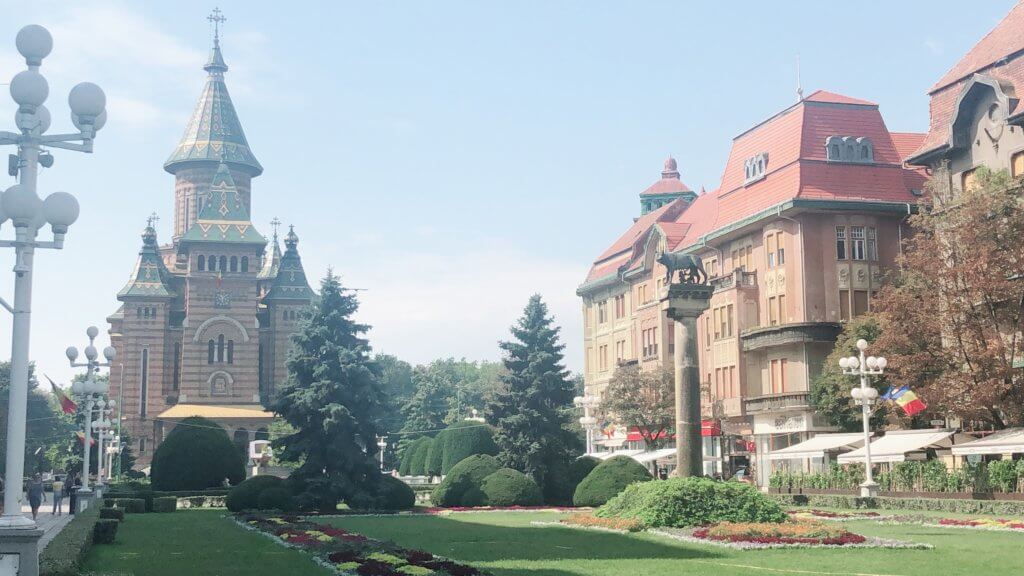
Located at the south side of Victory Square, the magnificent edifice of the Neo-Byzantine Orthodox Metropolitan Cathedral is one place to check out if you’re looking for where to go in Timisoara.
This iconic religious building can house up to 5,000 worshippers was built and completed in 1941 during WWII. It is regarded as the world’s tallest Orthodox building with the exception of Georgia and Russia.
Inside its walls, you’d find astonishing murals mirroring famous paintings in the Sistine Chapel in the Vatican City. If you’re a sucker for Reconnaissance arts, you won’t be able to get enough of the aesthetic delights you’d find inside the cathedral.
Like most Cathedrals the world over, there’s a crypt waiting to be explored. In there, you will see a massive collection of historical books, manuscripts, metal, and woodwork. You will also see the relic of the patron saint of the cathedral, the 16th Century Bishop, St. Joseph the New of Partos.
Union Square

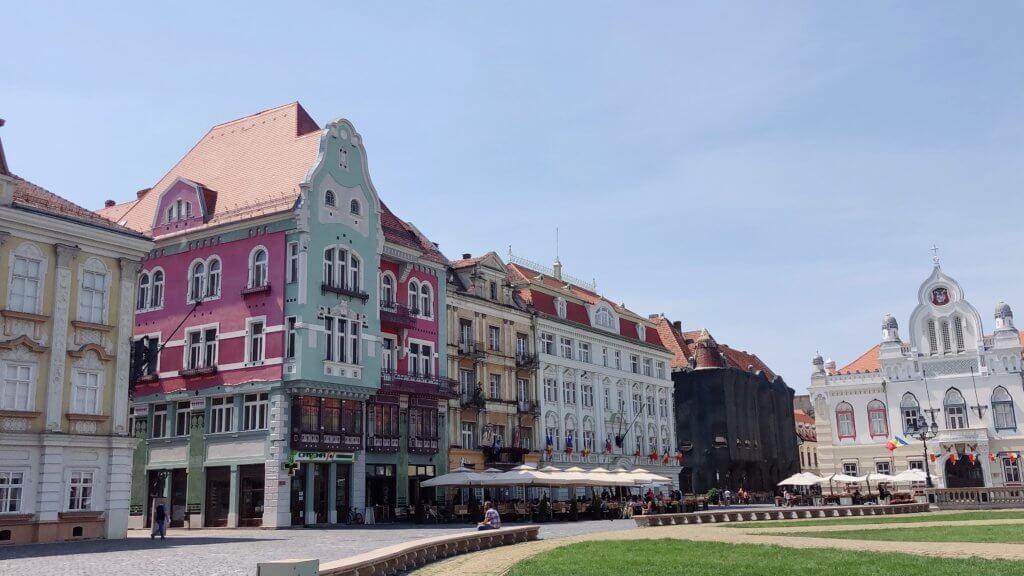
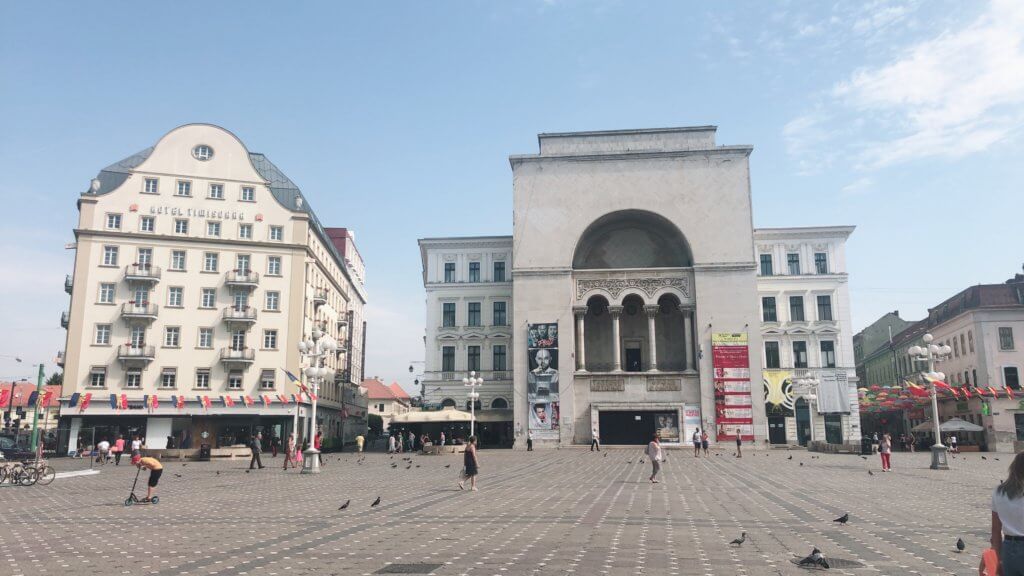
This city is home to a number of parks and squares. If you’re thinking about where to go in Timisoara, Union Square is a must-see. The locals will tell you that this is the finest square in all of Timisoara, and it’s so easy to see why.
Right in the center of the square is a breathtaking lawn containing a fountain and the Holy Trinity plague column constructed to mark the end of a plague that attacked Timisoara in the 1730s.
With 18th century architecture and magnificent facades, the Union Square is a feast for your eyes. This plaza is home to the Serbian and Catholic Orthodox Cathedrals, the Baroque Palace, the Orthodox Episcopal Palace, and the Roman Catholic Canonic Houses.
Victory Square


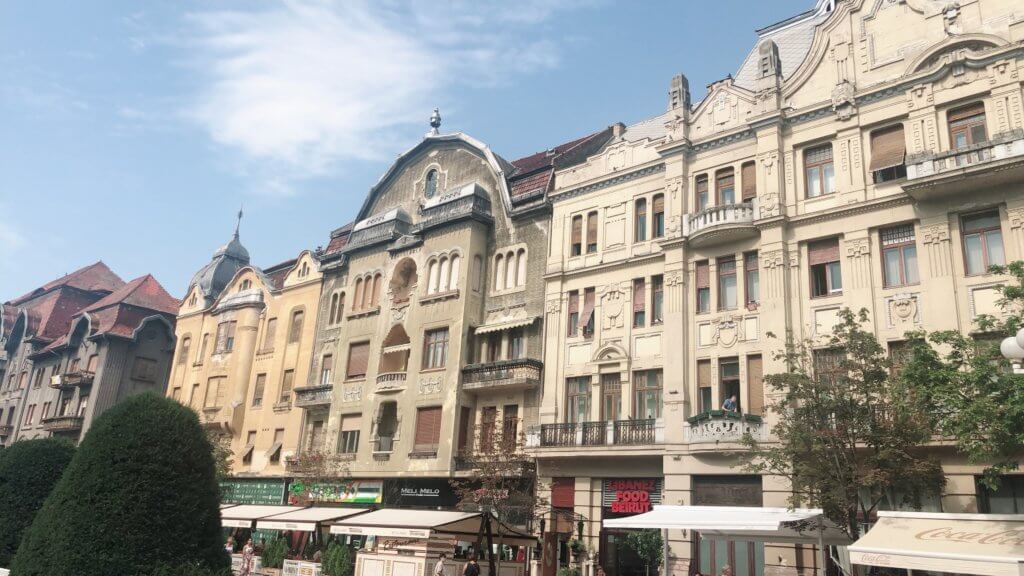
Another attraction to explore while vacationing in Timisoara, Romania, is Victoria Square. This place is one of the cultural hubs of the city. You’d find landmarks such as the Romanian Opera House, German State Theatre, Banat Museum, and the Orthodox Metropolitan Cathedral.
This square also features open-air restaurants shaded by the trees lining the square along with beautiful Neoclassical and Secessionist facades. They make a lovely backdrop to your vacation photos.
Located in the Square is the famous replica of the Capitoline wolves: Romulus and Remus donated by the city of Rome back in 1926. If you’re not careful, you may spend the whole day at the square, exploring its secrets.
Viniloteca
A visit to this city isn’t complete without taking a trip to Vini Loteca, located at Henry Berthelot Street. Vini Loteca is one of the few places where music mingles delicately with coffee and beers under a serene and cozy environment.
You can peruse through the countless vinyl of legends and new artistes while treating your taste buds to some of the best local and international craft beers and coffee. The service is great and one would have an excellent time, relaxing in the evening.
Neata Omelette Bistro
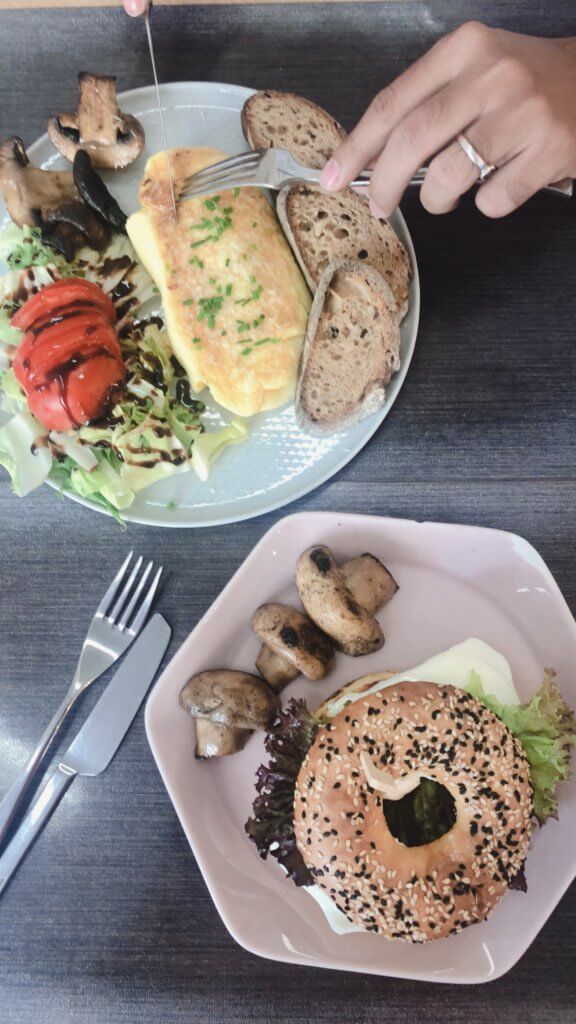
If you fancy a good meal and you’re looking for where to go in Timisoara for that, you should check out Neata Omelette Bistro, located along Strada Alecsandri Vasile. This unique restaurant features outdoor seating and specializes in serving breakfast, brunch, and lunch.
Some of the special meals offered there include pancakes, fried eggs with spinach, Quattro formaggi omelette, avocado toast, bacon, sausages, and coffee. I’d recommend this restaurant for a visit during cold and frosty mornings.
One thing you’d also love is the cozy atmosphere, quality service, and friendly staff to match.
Liberty Square


Another square you should totally explore when you visit Timisoara is Liberty Square. Also known as Prince Eugeniu de Savoya Square, this is the oldest square in the world of Timisoara erected in the mid-18th century.
This square makes up for the fewer restaurants and café shops with spectacular buildings, as serves as a link between other squares located in the city.
Situated at the south of the square is a merchant’s house featuring two submerged inverted Ottoman cannons at the entrance. At the northwestern side of the square, you’d see the Military Casino—a place where Jeanette d’Honrath (Beethoven’s first love) lived. The square also features the marvelous aesthetic Faculty of Music building. The square also hosts other important buildings and landmarks such as the Army House and Saint Mary Statue.
Museum of the Communist Consumer
Last but not the least, another place to visit in Timisoara is the Museum of the Communist Consumer. This museum is styled to resemble a typical home. It is packed with communist items before 1989 when Timisoara declared freedom from the communist regime.
Some of the items you can sift through include toys, postcards, newspapers, bicycles, cleaning products, household electronics, cooking utensils, musical instruments, tools, posters, crockery, and many more.
You can make a stopover at the café located on the top floor of the building.
Well, there you have it. Timisoara, Romania is a unique destination to visit during your spare time and I can’t wait for you to experience what I did during my own trip.
What are you waiting for? Starting packing!


